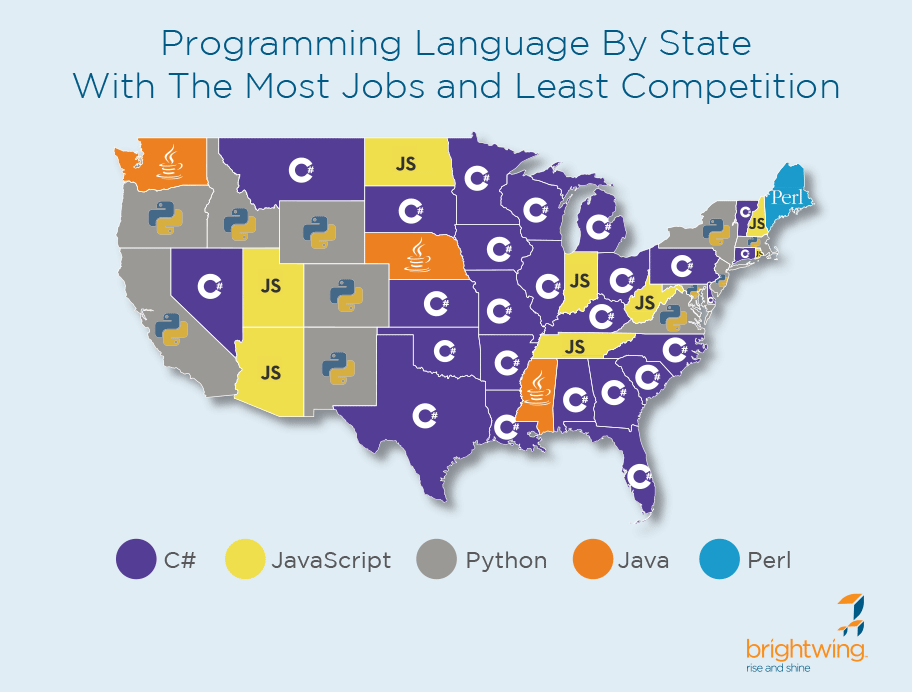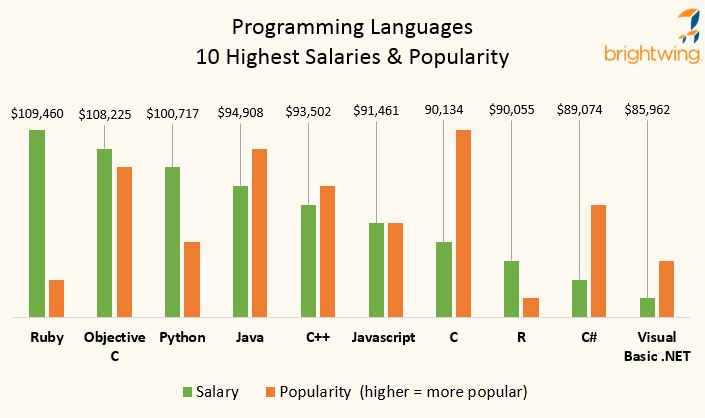Ranking the best states to live in can often lead to drawn out, subjective conclusions. It’s been done before in many different ways, and everyone likes to see their state on top. But when it comes to the best states to live in financially, MoneyRates delivered with some of the best cut-and-dry data. 5 financial factors were evaluated to rank the…
Continue reading ...
All computer science jobs are not created equal. That degree might qualify you for a number of different jobs in technology. But how do you know which one is the best for you? Our friends over at Computer Science Zone created an infographic to help answer that question. Which computer science job best describes your wants…
Continue reading ...
The amount of tech talent in Michigan has been growing immensely – Much of this growth has stemmed from the technology entrepreneurship and innovation sector. Read below as Paula Sorrell, former VP at Michigan Economic Development Corporation, shares her experience with the changing entrepreneurship landscape in Michigan and changing perception nation-wide. Original Post:…
Continue reading ...
Who says engineers aren’t on social media? Although some engineering professionals stray away from the “kings of social media” (Twitter, Facebook, etc.), there are other popular engineering outlets that often get overlooked. We’ve compiled the top 7 social media outlets for engineers. LabRoots is a social network service that aims to improve the scientific collaboration of engineers, tech innovators, and…
Continue reading ...
Which programming languages support the most jobs, with the least competition, in your state? New data from Experts Exchange suggests that the most popular languages don’t always coincide with employment trends. Location, Location, Location – Programming jobs are often dependent on where we live. For instance, if you’re one of the millions of people who prefer…
Continue reading ...
Ever wonder which computer programming languages pay the most? According to Business Insider, the average salary for computer programmers just hit an all-time high as it approached $100,000. Having knowledge in programming languages such as Objective C, Java, or .NET is proving to be highly rewarding. Upon researching some of the most popular programming languages with the TIOBE Programming…
Continue reading ...
In today’s professional world, the concepts of UI and UX are being used interchangeably. Understanding the difference will help companies to hire and target the right people, optimize design efforts, and help professionals make sound and optimal career-related decisions. In other words – “A UI without UX is like a painter slapping paint onto…
Continue reading ...
Grand Circus is excited to announce the scholarship opportunities for their upcoming Enterprise Developer Bootcamp. The role of an enterprise developer is exciting – salaries of senior .NET developers average $105,000 annually and career opportunities pop up every day across metro Detroit. Employers are looking for .NET talent, and are ready to fill these…
Continue reading ...
The full-page cover letter is becoming a thing of the past. To really get the attention and cut through all the digital noise, give your email correspondence the attention it deserves. Think of email as the new cover letter. Short and to the point always wins. The Formula 1. Email Subject Lines Are King…
Continue reading ...
We’ve all been there at some point. The feeling of waking up every day with the knowledge that half of your waking hours will be spent in a place you hate. Maybe it’s the work or perhaps it’s just the people. However, what remains true is that you hate it all the same and it’s time for you to leave. Here are some things to embrace during your limited time there.
Continue reading ...










